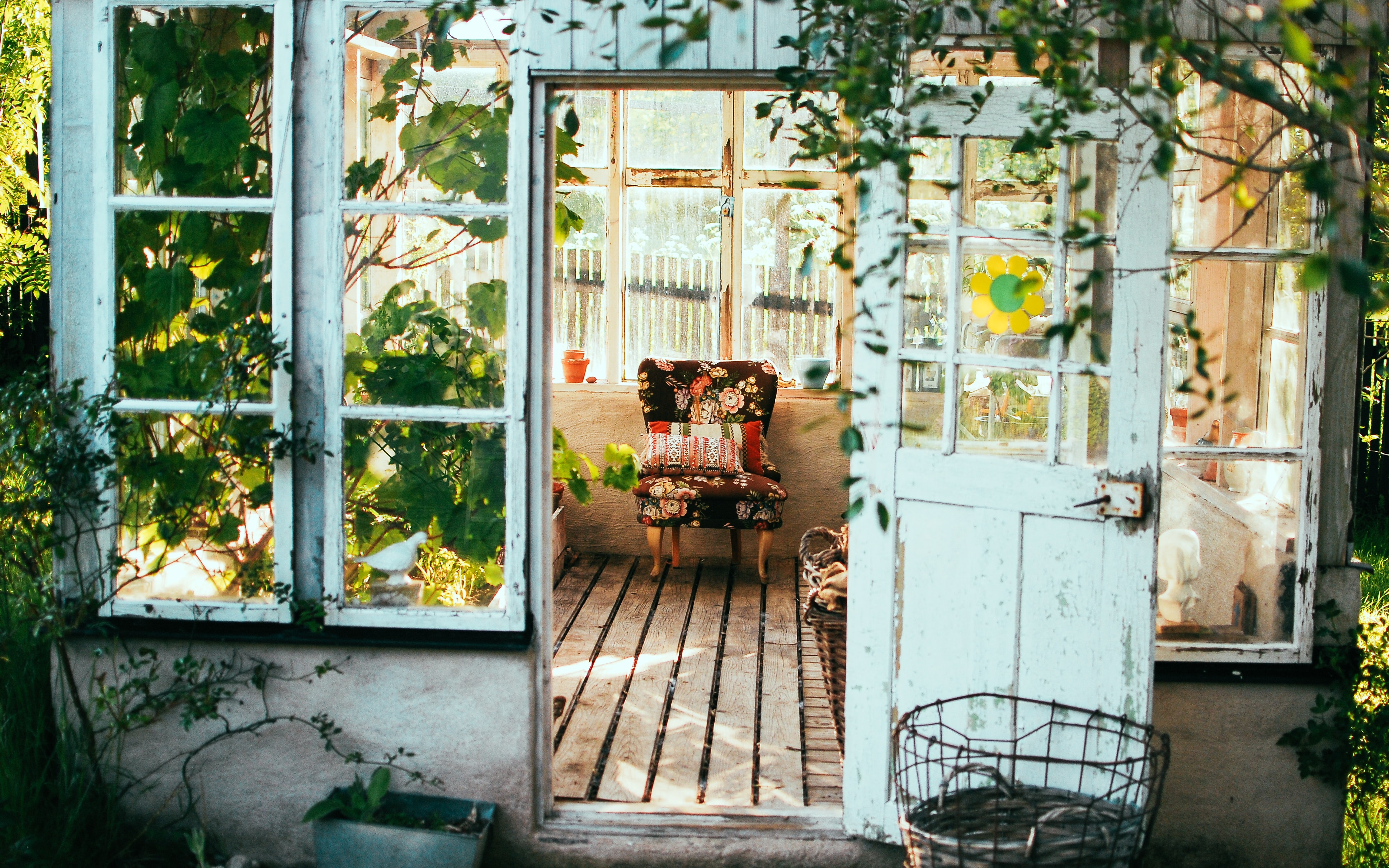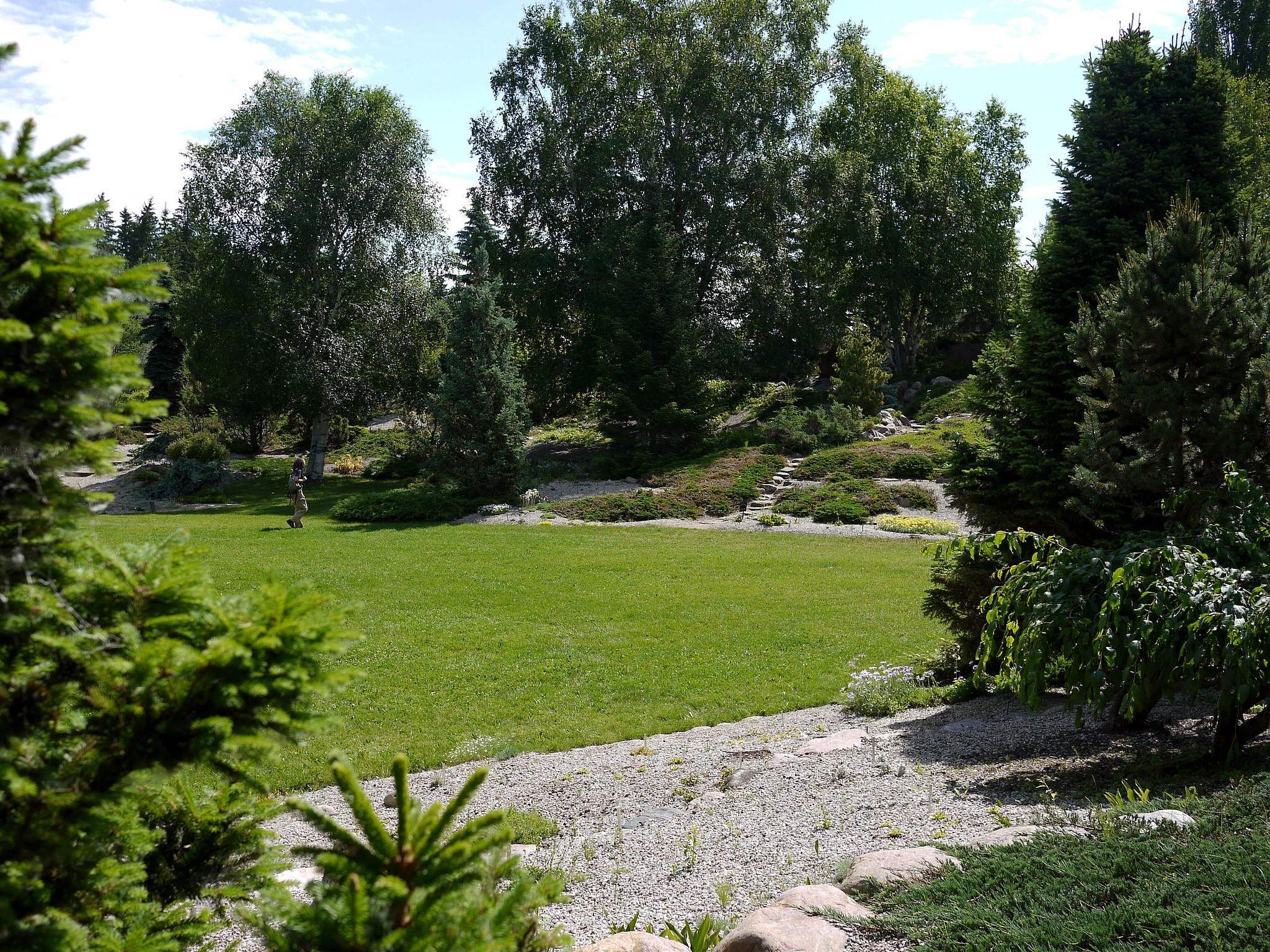Sunrooms are a popular choice among households. They allow you to enjoy the view outside without being exposed to creepy crawlies, strong winds, or adverse weather. Because there is no significant exposure to the weather, it is usually a much colder and more pleasant area to relax in the springtime, summertime, and fall.
The same cannot be said, however, for the winter season. Because of the drizzly weather and the difficulties of warming a sunroom, many individuals keep their sunrooms largely unattended throughout the winter months.
Challenges
Since there are a few major drawbacks to heating a sunroom during the wintertime, many people avoid doing so. First and foremost, insulating is frequently a problem. Most sunrooms include numerous windows to let in as much natural light as possible. Because glass is a poor insulator, all those fractures surrounding the window can let a lot of chilly air in. Obtaining energy-efficient windows is a terrific way to solve this issue, but it's not always something people can afford. Second, a lot of methods are designed to keep the cold out.
Regrettably, as the temperature drops to freezing, that doesn't work so well. The most effective and cost-effective method is to heat the sunroom from the base up.
How to Heat a Sunroom?

Radiant floor warming is the best way to heat a sunroom. Most sunroom heating methods are only effective when the weather allows. Radiant heating is effective year-round, regardless of how chilly it is outside. Furthermore, the installation procedure is considerably simpler than you might imagine. Here are four tips to improve sunroom heating in your home:
Improve Insulation
If you want to avoid heat transfer, you'll need to use insulation in your sunroom. It's critical to keep the heat generated by your radiative heating system from exiting. After all, you're not attempting to warm the entire world; rather, you're attempting to warm your sunroom.
Weatherstrips can be applied to the window panes and openings in your sunroom to boost insulation. This will keep cold air from entering and warm air from leaving. Secondly, you can add a layer of clear plastic insulation to the sides of your windows to improve insulation and energy efficiency.
Window Tinting
Although it is not the most optimal feature for a sunroom, window tinting is another sunroom insulating option to consider. While it may obstruct some light, the nicest and most creative aspect of this approach is that it stops heat from exiting while allowing renewable radiation to enter. It's entirely understandable if you don't want to tint the windows in your sunroom. There are a variety of alternative options to consider that work well with radiant heating.
Add a Ceiling Fan
As heat rises, the majority of the heat generated in your sunroom will climb to the ceiling and linger there. Sadly, you may not even be tall enough yet to profit from any of these advantages, and you'll need to find a means to disperse the heat. Because it sends the heat downwards, a ceiling fan is an ideal partner for radiant heating because it disperses the warmth and fills the space more equally.
Ceiling fans are also excellent sunroom heating alternatives and improvements because they assist in keeping your sunroom cool during the hotter months. It's a solution that may be used in any climate.
Install Insulative Flooring
The step to avoiding temperature transfers is insulation. Check your sunroom floors to avoid chilly air from entering and hot air from escaping. Insulated flooring will reduce the time required for your sunroom to heat up and will reduce the amount of heat you waste by maximizing the power consumption of radiant heating.
How to Cool a Sunroom?

There are a number of ways to keep a sunroom at your desired temperature throughout the year. Let’s take a look at the top four:
Add a Portable Cooling System
If the air conditioning system can't be extended, try implementing a self-contained cooling system in the sunroom. The most expensive choice upfront, a ducted system saves the most money on overall energy expenditures in the long run. Window units are less expensive than mini-splits and are near as environmentally friendly. A portable air conditioner can be inexpensive and inefficient.
Use Blinds to Block Heat and Light
When you're not utilizing your sunroom, blinds, particularly insulation blinds, can help keep it cool by blocking light and heat. Blinds can help keep direct sunlight out of a sunroom even during the hottest parts of the day, reducing the heat generated. On the next occasion, the room is used, this will assist in keeping it cool and pleasant. Furthermore, there are numerous varieties of blinds available, ranging from manual to automated and beyond, to help you find the best match for you.
Use Air Flow to Your Advantage
Any room might feel uncomfortable if the air is dry and sluggish. A sunroom requires airflow to keep the living space comfortable. You can make your room stay cool by taking full advantage of airflow. When huge windows can open and enable an excess of air to flow all across the room, they can be an asset. On days when there isn't a natural breeze, fans can effectively move the air. Because cold air is heavier than hot air, use floor fans in conjunction with a ceiling fan to effectively move air all across the space.
Spot Check Your Windows
Although most sunrooms are built with non-opening windows, they do not stay cool during the summer. They are transformed into glass-enclosed chambers. You will be able to ensure continuous airflow to make the space more comfortable if you guarantee you obtain some windows that can open throughout the planning stage, particularly at the top of the sunroom.
Conclusion
A sunroom offers a secure haven indoors where you and your family may soak up plenty of natural light while enjoying the best of both worlds. Linking to nature is a popular healthcare trend right now, and this type of room allows you to care for tropical, air-cleaning houseplants while also soaking up the solar radiation. Plus, who doesn't want to adorn a half-indoor, half-outdoor living space?











Leave a comment